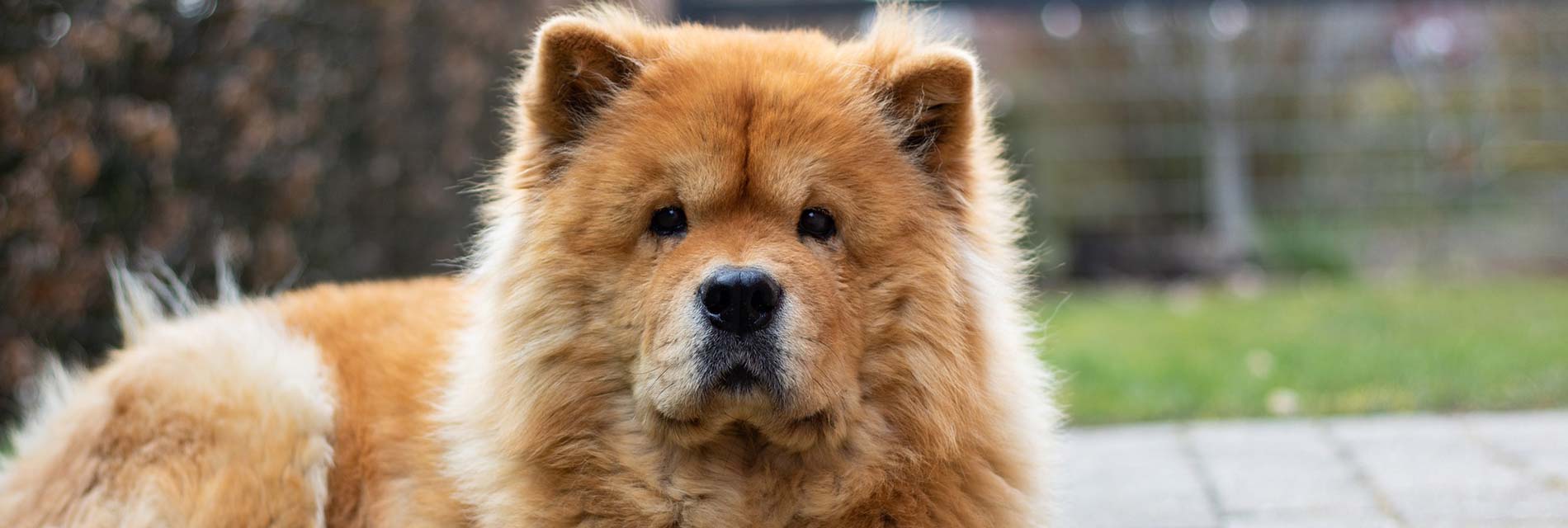The Teenager Phase in Dogs Explained


Let’s talk about something every dog owner eventually encounters: the teenage phase in dogs. Yes, like human teens, dogs go through a period where their behavior can feel a bit… rebellious. This phase typically hits anywhere between six months and two years of age, and it’s a natural part of their growing-up process.
It’s when your once-obedient pup suddenly seems to develop selective hearing, a taste for mischief, and a knack for testing every boundary you’ve ever set.
But here’s the thing – while frustrating, this stage is packed with opportunities. It’s your chance to build an even stronger bond with your dog, leaning on patience and understanding to guide them through this tricky phase.
What Happens During the Teenage Phase

1. Growth Spurts and Energy Surges
One of the first signs that your dog is entering adolescence is their sudden physical transformation.
Legs that seem too long for their body, bursts of energy that make them zoom around the house like a furry tornado – it’s all part of the package. Hormones kick in and often develop that gangly, awkward look, much like human teenagers.
2. Testing the Waters
Behaviorally, this is when your dog might start acting like they’ve forgotten everything you’ve ever taught them. “Sit?” They act like they’ve never heard the word before.
“Stay?” They’re halfway across the park before you’ve finished the command. This isn’t because they’re suddenly disobedient; they’re figuring out their independence.
3. Shifts in Social Behavior
Your dog might also display noticeable changes in interacting with other dogs and people. Some pups grow bolder, strutting around like they own the dog park, while others become a bit more wary or even shy.
These shifts are driven by hormonal changes and the natural process of figuring out their place in the social pack.
Common Challenges During Adolescence
The adolescence phase is quite a challenging phase for both humans and animals, so why should dogs be any different? So here are a few challenges that you might encounter when dealing with your adolescent dog.
1. Chewing and Chaos
If you thought teething was over, think again. Adolescent dogs often rediscover the joy of chewing – shoes, furniture, even walls. They’re exploring their environment and, frankly, testing your patience.
2. Ignoring Commands
This is where your dog seems to develop “selective hearing.” Unless there’s a squirrel, another dog, or anything else more interesting in the vicinity, they’ll come when called.
3. Boundless Energy
Teenage dogs often have energy levels that feel impossible to keep up with. If they’re not given an outlet for this energy, it can lead to boredom – and that’s when the digging, barking, and general mayhem kick in.
Tips for Managing the Teenage Phase

When you are dealing with dogs during their teenage phase, they act just like teenage kids, showing their rebellious side. So it is very important to know how to manage your dog during their teenage years.
1. Please stick to the Basics (and Reinforce Them)
The most important thing you can do during this phase is stay consistent with training. Even if your dog seems to have forgotten their commands, keep practicing.
Go back to basics like “sit,” “stay,” and “come,” and reward their successes generously. Patience pays off here – every time you reinforce good behavior, you set the stage for a well-mannered adult dog.
2. Keep Their Minds Busy
Teenage dogs are like sponges, soaking up new experiences and challenges. Mental stimulation is your secret weapon. Puzzle toys, treat-dispensing gadgets, and interactive toys and games can keep their brains occupied, which means less time for chewing on your furniture or barking at imaginary threats outside.
3. Burn Off That Energy
A tired dog is a happy dog – and a well-behaved one. Make exercise a priority, whether brisk walks, fetch marathons, or agility training. The more you channel their energy into productive activities, the less they’ll have left for destructive antics.
4. Be Patient, Even When It’s Hard
It’s easy to lose your cool when your dog ignores your calls or chews through your favorite shoes. But remember: they’re not doing this to annoy you (even if it feels like it).
They’re navigating a complex stage of development, and they need your guidance. Stay calm, and remind yourself that this phase won’t last forever.
Why This Phase Matters
As exhausting as the teenage phase in dogs can be, it’s a critical time for shaping your dog’s behavior and personality. Think of it as laying the groundwork for the rest of their life.
By staying consistent, keeping your cool, and showing them what’s expected, you’re helping your dog grow into the loyal, well-adjusted companion you’ve always wanted.
Navigating Social Interactions
Teenage dogs often need extra guidance in social situations. They might bark at unfamiliar dogs, lunge toward someone who excites them, or, on the flip side, shy away from interactions they previously enjoyed. This is all part of their growing confidence – or sometimes a temporary dip in it.
- Supervised Play: Dog parks and group walks can be a great way to socialize, but keep a close eye on your dog’s behavior. If they’re getting too rowdy or overwhelmed, it’s okay to step in and redirect their attention.
- Positive Reinforcement in Public: Reward calm, polite behavior in social settings. If your dog sits quietly while another dog walks by, shower them with praise or offer a treat.
- Don’t Force It: If your dog seems uneasy, give them space. Forcing interactions can increase fear or stress. Let them approach new people or dogs at their own pace.
How to Build the Bond During This Phase
The teenage phase in dogs isn’t just about managing behaviors – it’s a prime time for deepening your relationship with your dog. This period of exploration and testing boundaries is also when they look to you for cues on navigating their world.
- Regular Training Sessions: Training can be a bonding activity beyond reinforcing commands. Teach your dog fun tricks or try something new, like scent work. These sessions build trust and create positive associations with you.
- Quality Time: Even a quiet moment together, like cuddling on the couch or a slow walk through your neighborhood, helps strengthen your connection.
- Celebrate Their Progress: Every small victory – a perfectly executed “stay” or resisting the urge to chase a squirrel – deserves recognition. Let them know they’re doing a great job.
Wrapping Up!
With all its ups and downs, the teenage phase in dogs is a stepping stone on the way to adulthood. Yes, it can be messy, loud, and sometimes overwhelming. But it’s also a window of opportunity to guide your dog, teach them valuable skills, and deepen your bond.









Leave A Comment